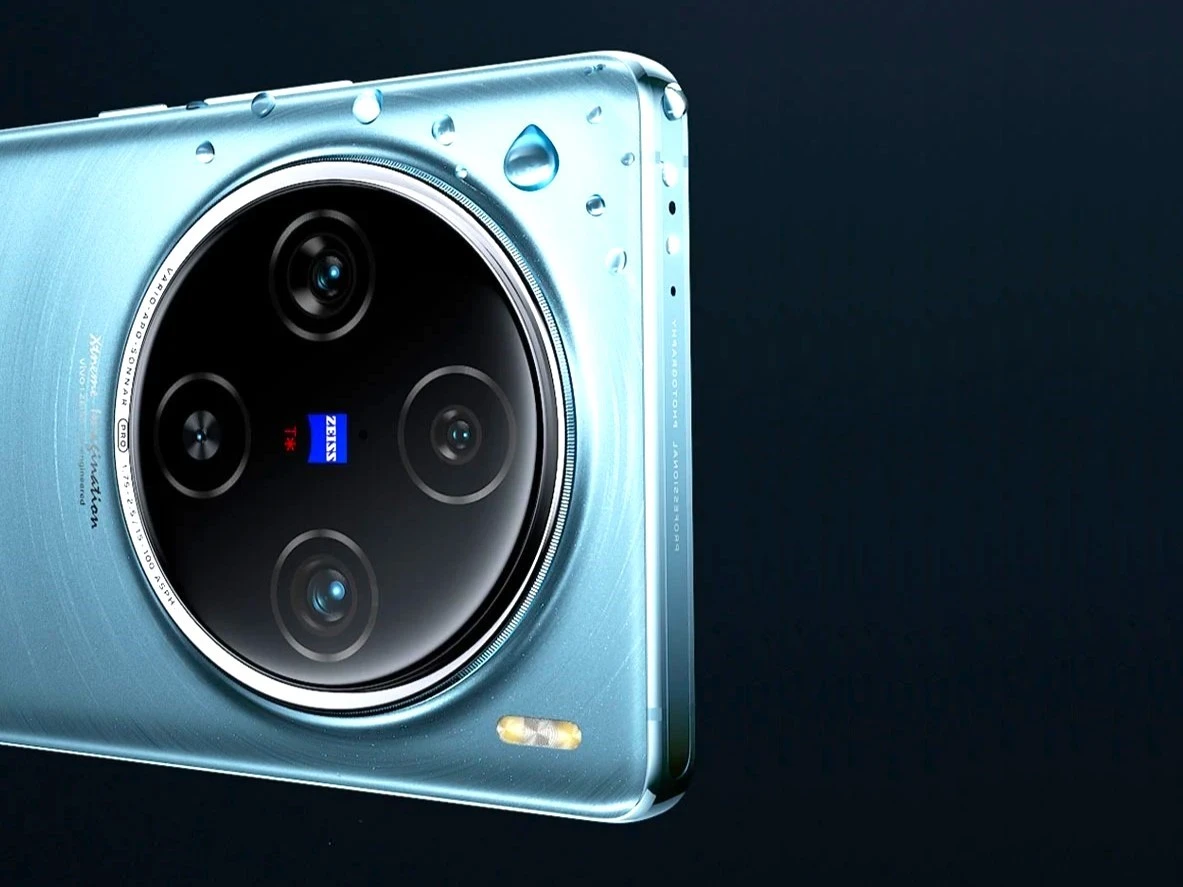First Samsung 200 megapixel telephoto camera in the Vivo X100 Pro+ to offer 200x zoom
First Samsung 200 megapixel telephoto camera in the Vivo X100 Pro+ to offer 200x zoom

www.notebookcheck.net
First Samsung 200 megapixel telephoto camera in the Vivo X100 Pro+ to offer 200x zoom
